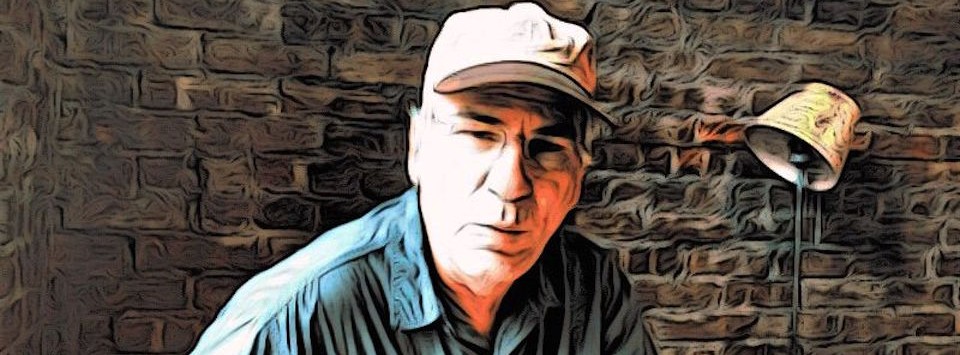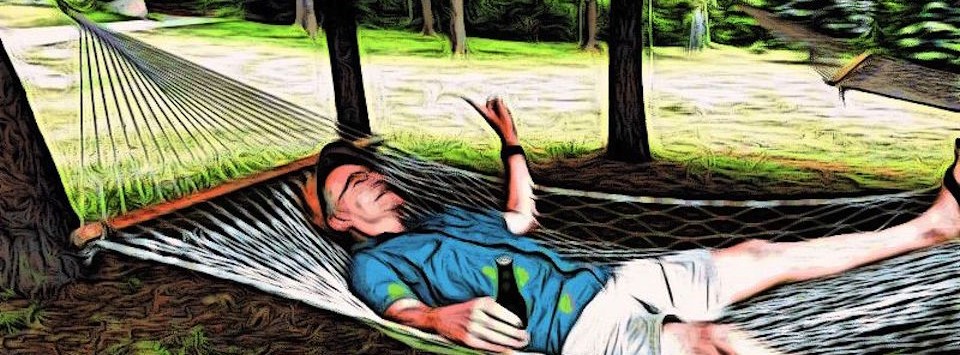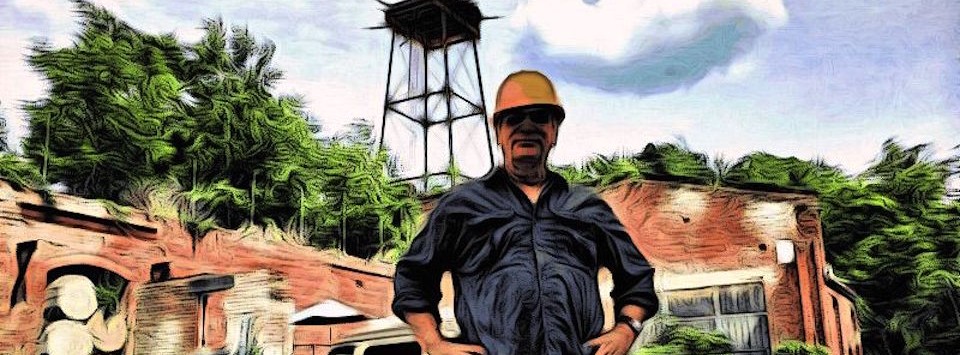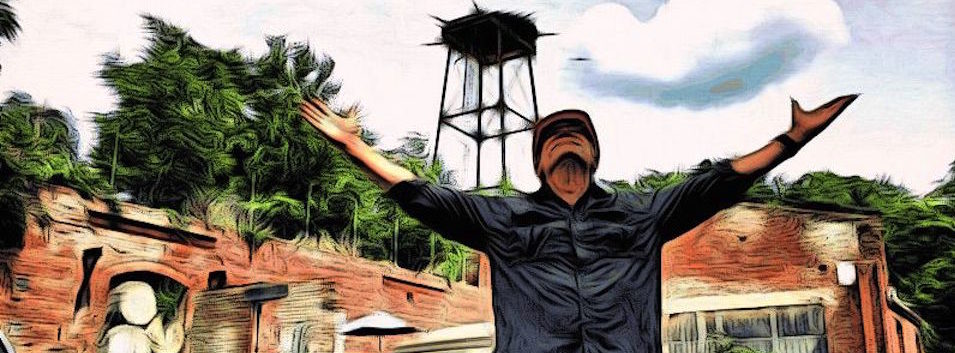The Ordos Dilemma
Or: I Don't Think Casper Would Like Living Here

Statues in Ordos, Looking for Some Company
China is full of ghost cities.
Huge, sparkling, well designed new cities. With no one living in them.
For the past couple of decades, China has been building brand new cities and neighborhoods for people to move into. And yet no one wants to.
Ordos City—specifically, the Kangbashi New Area—is the most famous of these ghost cities. The Kangbashi district was designed to be a brand-new city of a million people, in order to help deal with infrastructural problems in the existing nearby city of Dongsheng.
The growth of the nearby Ordos desert had been causing water shortages in Dongsheng, so the new city was designed and built some 16 miles away, near several pre-existing reservoirs. Despite the beauty of the new city, the impressive high-tech public works, and the incredibly cheap real estate, no one wanted to move there for a long time.
Even today, only some 150,000 people live there.
It's not an isolated case, either. Most new cities constructed from scratch have similar problems attracting people. Why is that?
Successful new cities tend to grow for a reason. Oil or mineral resources are found, and workers are brought in. New industry is opened up. Shipping lanes change. And so on and so forth.
Historically, there has to be an economic incentive to start a new city. Just building a new city won't necessarily attract anyone.
That's not the whole story, though. People want to move somewhere where they know people, or where they know that there will be good schools and cultural activities. On top of that, cities tend to grow organically. People usually prefer moving into neighborhoods that have arisen naturally, rather than being completely planned out.
Cities aren't just buildings and infrastructure. They're the people in the buildings, the culture the people build, and the history behind them.
Design Redundancy
Repeat, Repeat, Repeat
Redundancy is really important in infrastructure engineering. Redundancy is really important in infrastructure engineering. Redundancy is really important in infrastructure engineering.
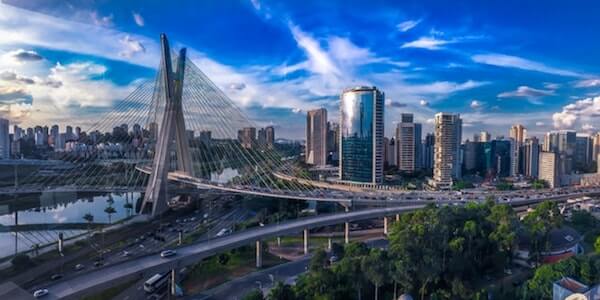
Strength in Redundancy
On December 15, 1969, the Silver Bridge in Point Pleasant, West Virginia, collapsed, killing 46 people. If this sounds familiar, it's because a terrible movie, The Mothman Prophecies, was made about it.
Ignoring said terrible movie, however, the Silver Bridge incident offers many important lessons about engineering and infrastructure planning.
Poor design and poor maintenance were the main contributors to the actual collapse of the bridge, along with the bridge carrying much heavier loads than it was designed to handle. The Silver Bridge was an eyebar-chain suspension bridge. An eyebar is a long, straight metal bar with a hole—or eye—at each end used to attach it to other parts. Eyebar bridges weren't uncommon; they'd been in use for more than a century at the time of the collapse.
Unlike other eyebar-chain suspension bridges, however, the Silver Bridge wasn't built with the safety redundancies others had. Other bridges of its type had chains of many redundant bar links with rows of four or more bars. Some even had multiple such chains.
The Silver Bridge had links composed of only two bars each. The failure of even a single bar would result in complete collapse of the link—too much stress would be placed on the other bar in the link—which would break the whole chain on that side of the bridge.

May All Our Bridges Be Strong
To make the dangers even worse, the bridge used rocker towers, which could tip slightly in response to large loads. While this reduced some of the stress on the bridge, they required working chains on both sides to function. The failure of a single link in the eyebar chain would collapse the entire bridge. And that's exactly what happened.
In defense of the designers, the bridge was built in 1928, before much of our knowledge about bridge engineering had accumulated the hard way. On top of that, they had built it with particularly high strength steel. Still, it did fail in the end.
When considering how much redundancy to build in, there are a few things to keep in mind. Cost is the obvious one: building in redundancies can get expensive. Of course, if you can't afford them, maybe you shouldn't be building whatever it is in the first place.
Weight can also be a tricky consideration, and one that should be taken considerably more seriously than cost. Using high-cost components can replace some need for redundancies (though not to the degree of the Silver Bridge design).
The biggest lesson, though?
Redundancy is really important in infrastructure engineering. Redundancy is really important in infrastructure engineering. Redundancy is really important in infrastructure engineering.
Quotable
Oh, Yard Ramp Guy—Curious that you’ve ended your part of the alphabetical quote-off, and I’m still on C? Be suspicious. And just to even things up, a triple entry on my part so that we’ll both end, Affirmatively, at the same time. Been nice quoting with you this past year…what’ll we do now?
“Can miles truly separate us from friends? If we want to be with someone we love, aren’t we already there?”
— Richard Bach
“Baby: an alimentary canal with a loud voice at one end and no responsibility at the other.”
— Elizabeth Adamson
“A bank is a place that will lend you money if you can prove that you don’t need it.”
— Bob Hope
The Downsizing of Employment Itself
Get a Job While Work Still Exists
NOTE: This week’s entry concludes my three-part series on the promises and perils of our new technology. The first tackled possible benefits and drawbacks of automation. The second took a long view of self-driving vehicles.
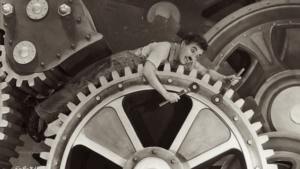
We've been hemorrhaging jobs from the economy for a while now. Word processing software put typesetters out of work in the 80s and 90s. As I mentioned in Part 1, tractors and other farm equipment have reduced the need for farm laborers by an order of magnitude—not just by sheer numbers, but also by population percentage. Mechanized logging equipment has replaced many loggers over the years. Self-checkout machines have reduced the number of retail workers grocery stores needed. The list goes on and on.
It's hard to call all of this a bad thing. For instance, it's really nice not to have to wait in long lines in grocery stores anymore. And the service industry has been successfully absorbing a lot of displaced workers up until now.
That's swiftly changing, though, as labor-saving technology grows faster than population growth or consumer demand. How can we know whether our jobs our safe?
There are four fundamental types of work:
Routine Manual: Physical tasks that can be accomplished through consistent procedures. They include construction, transportation, manufacturing, repair. (You don't always know what's wrong with a car, but you usually have a pretty straightforward set of checklists to figure it out.) These jobs are getting hit most heavily by automation. If you're in one of these, there's a very good chance that you'll be downsized in the next couple decades. Job growth rate in these fields has already been stagnant or dropping for decades.
Routine Cognitive: Mental tasks that can be accomplished through consistent, known procedures. These include sales jobs and many other office occupations. These jobs are also at risk. Many of them have already been lost to computer automation, and as that gets more efficient these jobs will become less and less necessary. They've been stagnating or dropping at almost the same rate as routine manual tasks and will likely drop almost as fast over the next few decades.
Non-routine Manual: These jobs include personal caretaking, fire and rescue, and other tasks that involve a lot of new situations that set procedures can't handle. Jobs in this category are by far the least common of the four, and they're actually on the rise. If you're in these fields, you're likely fine, and if not, moving in isn't a bad idea if you can handle the stress of them. Unfortunately, the job growth in these fields won't replace projected job losses in the first two.
Non-routine Cognitive: Includes doctors, scientists, lawyers, managers, etcetera. This is actually the largest field of the four, and it's on the rise. But it's also the toughest to get into. You basically need a college degree to get these jobs, and we all know how expensive tuition is these days, so it's not always a rosy prospect.
We face the prospect of the probability of losing many jobs over the next few years, without anything to replace them. Having huge segments of the population unemployed isn't good for individuals or for society.
So, we’ll need to figure out something, and quickly. We can hope that a new job market appears. (Unlikely.) We can try and create new jobs for people—huge public works projects or the like. Giving people obvious busy work isn't the best solution.
Most controversially, many people are talking about a Universal Basic Income: everyone in society would receive a check for an identical amount every month. Enough to survive, but not enough for luxuries, vacations, or much of an entertainment budget. If you want those things, you've got to get a job. There are a lot of potential problems with that one, and I don't see it working anytime soon. Frankly, there isn't a clear-cut solution to the problem.
What's my personal plan? Here at the cusp of retirement, I’m going to ponder all this…by going fishing.
_________
Quotable
Oh, Yard Ramp Guy—Do you see that I started this week's quotation with the letter D?
“Dare to ask questions whenever you are not clarified. Never feel too wise or too educated to learn something new from someone else or others. For, you don't know it all and you will never know it all. Yes! learning is meant to be a continuous process.”
— Emeasoba George
Going Driverless
Or: If You Don’t Like My Driving, Press One Now
In my last entry, I wrote about labor-saving technologies and their effects on our job markets. Automation tends always to cost jobs, but for the most part they also tend to produce new jobs.
We've reached a tipping point, however. As labor-saving technologies get more and more efficient, the amount of labor one person can accomplish has begun to significantly exceed the amount of labor products that they can consume. We're about to start losing a lot of jobs, and soon.
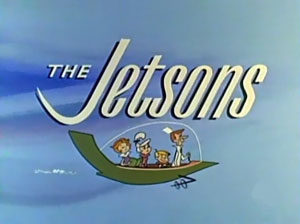
Get Behind the Wheel
One of the biggest—though by no means the only—job-killing technology on its way? Self-driving cars.
Truck drivers fulfill a common employment segment in the United States, especially now that automation has killed an alarming number factory jobs. In 2014, there were more than 1.6 million semi-truck drivers in America. There are another 800,000 delivery truck drivers out there. Now add to that more than a million Uber drivers, tens of thousands of taxi drivers, and some half a million bus drivers. Almost all of them are likely to lose their jobs to self-driving cars.
This doesn't even bring into account the ancillary jobs that will be lost. Automated fleets of self-driving Ubers will eliminate the need for most city residents to own their own cars, meaning there will simply be far fewer cars on the road. They'll also have fewer accidents. There will be fewer car dealers, fewer repair shops, and even fewer gas stations.
Those self-driving semis? Many small towns along American highways are heavily dependent on truckers to fuel their economy. When you no longer have truckers needing rest stops, hotels, and restaurants, you're going to see a lot of these small towns folding up and withering away.
Self-driving cars are going to cost millions of jobs, but are we likely to stop them from rolling out?
Well, no. They'll make the elderly, the young, and the chronically sick mobile again. They'll drop traffic fatalities by at least an order of magnitude. They'll be much more profitable for shipping companies, which will be able to operate around the clock. Insurance costs will drop nation-wide. Driverless cars will be more environmentally friendly. The list of benefits just goes on and on.
So how likely are you to lose your job to a robot and other labor-saving technology, and what can we do to ameliorate its effects? I'll be talking about that next time.
_________
Quotable
Yes, Yard Ramp Guy—Egads:
“Europe was created by history. America was created by philosophy."
